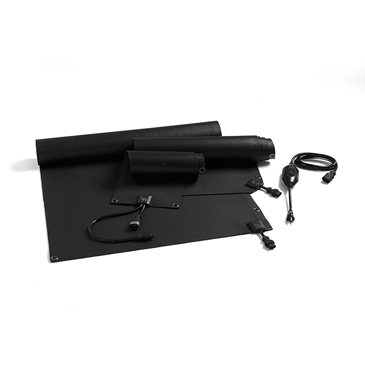curiouscarbon
Science Penguin
- Joined
- Jun 29, 2020
- Messages
- 3,024
Why in the hell would he pour boiling water on a freshly cleaned of snow or ice window? Just to dramatically show glass will crack?
I have also heard a sunbaked hot window can shatter from cold water use...
No experience with that one...
I did live in Tucson for a year though... just never washed the car.
welcome to garage 54 ???️?Why in the hell would he pour boiling water on a freshly cleaned of snow or ice window? Just to dramatically show glass will crack?
 ultraflexpower.com
ultraflexpower.com
Idea 01
I am very new but I have a few ideas that might work, having said that I do not have any experience, so use caution if try, please advise of any of these ideas work:
Idea 01:
Install a heating pad on the back of each panel, they probably make larger ones for some industry, say for farms etc.
Then connect them to an independent power source that you can control on and off.
If you want independent control get an X10 type remote controlled plug, that is addressable, and get one for each heating pad on each panel, so that you can specify which pad or pads to turn on as needed.
here is a youtube video of someone else experimenting with this concept:

Here is a potential product that is essentially a large heating pad, that could work for this
Idea 01, but it is too pricey. Maybe someone out there knows of a diy hearing pad design that we could create for a lot less cost per unit.
The general solution to varying emissivity is to stick a piece of black electrical tape on the object, then use the IR camera to measure the temperature of the tape.Different materials have different emissivity. The IR camera measures the emitted IR radiation.
Let me give an example. The numbers are most likely wrong, but let's say that we have aluminum with an emissivity of 60% and the panel part covered with glass has an emissivity of 40% and both are at the same temperature. In that case, the IR camera will show the aluminum part hotter than the glass part.
Measure polished stainless steel cup with boiling water. Last time if I recall correctly the IR thermometer was showing ~40C. But touching it was impossible.
I wish I could help you in the experiment. Unfortunately, I live in Texas. It's not even a guarantee I'm going to get any snow. Ice, that knocks out power to my house for a week.. maybe. Beautiful snow, enough to frolic in or provide more than the barest of dustings.. not likely.Maybe we can find out!
you try out the mega-bass method:
I heard something about some snow in TX - was that in 2021?Unfortunately, I live in Texas. It's not even a guarantee I'm going to get any snow
I would expect the vibration to dislodge some snow, but i would be surprised if the snow made a 'clean break' and all slid off. I picture the accumulation of snow just getting shorter and shorter until you're at a low thickness, but then the shaker will stop producing any more benefit. That's my brain spitballing it, no science and no experience! Im curious to see what's real..
Not the roof, the tilt-up frame the PV is attached to above the roof.Maybe if you had a series of them, going down the roof. That way the whole thing vibrates all the way down.
I tilt up the PV frame to 60-65 degrees for the winter.I would expect the vibration to dislodge some snow, but i would be surprised if the snow made a 'clean break' and all slid off. I picture the accumulation of snow just getting shorter and shorter until you're at a low thickness, but then the shaker will stop producing any more benefit. That's my brain spitballing it, no science and no experience! Im curious to see what's real..


